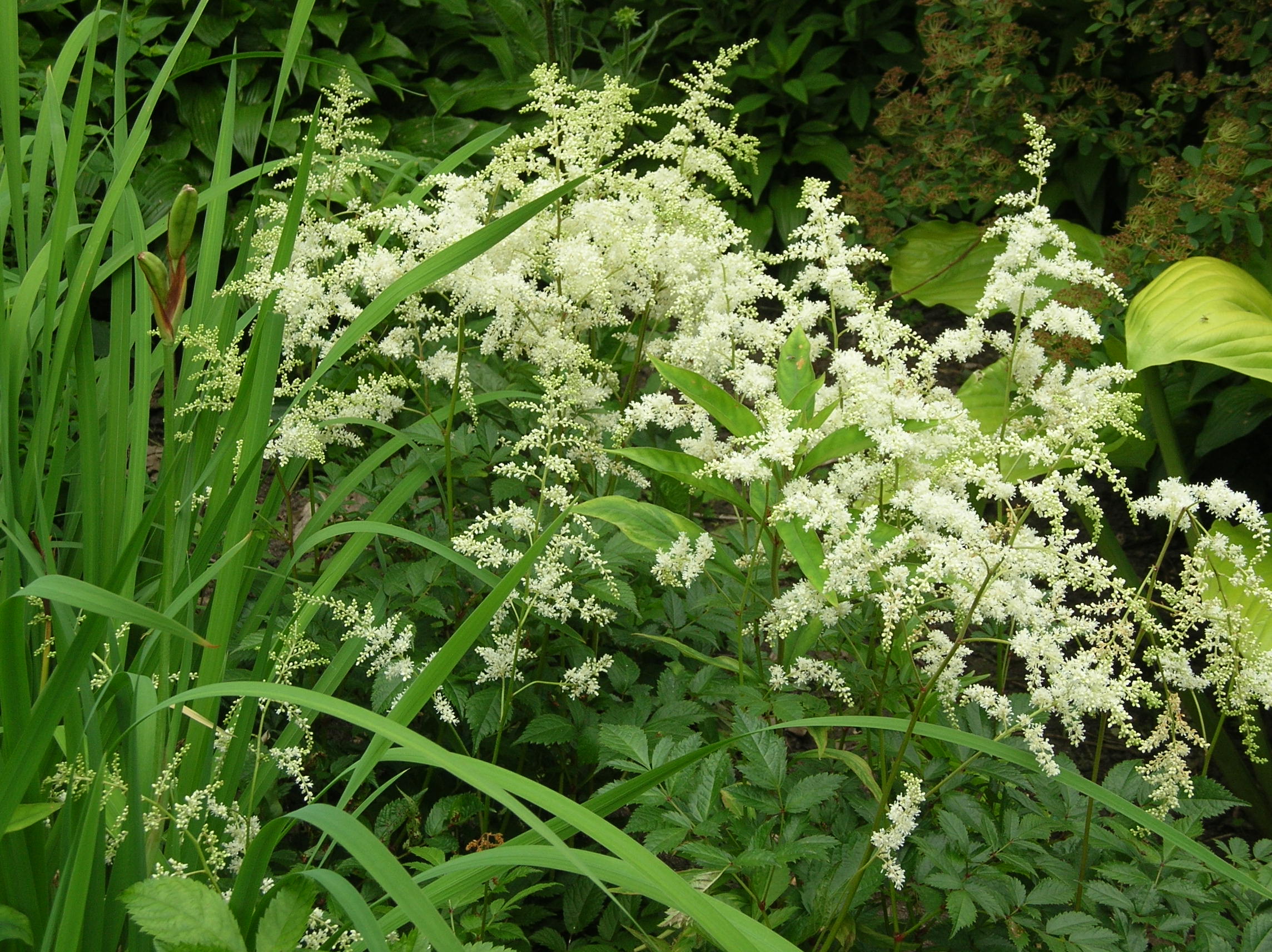Description
White plumes turning creamy in July
White plumes turning creamy in July
White plumes turning creamy in July
Violet racemes all summer through fall
Size: 36” x 12”
Care: Sun, well-drained soil
Native: Southern Europe
Both the Latin and common names are related to flax. Linaria comes from “linum” which is Greek for “flax” and toadflax includes the word “flax.” The leaves of Linaria purpurea resemble flax leaves. According to 17th century English herbalist, John Parkinson, the plant “causes one to make water.” Grown by English plantsman and explorer, Tradescant the Elder, 1634.
Short purple spikes in June-July
Size: 3” x 24”
Care: sun in well-drained soil
Native: Europe & Western Asia
Size: groundcover, rock garden, herb, fragrant foliage, thyme lawn
Thymus from the Greek word for “odor” due to the plant’s fragrance. Ancient Greeks made incense with thyme. This species since at least 1753. Acc’d to Parkinson in 1640 this remedied hysterics in women. Wm. Robinson wrote,”nothing can be more charming than a sunny bank covered with” Thymus serpyllum. LH Bailey extolled it as “prized as an evergreen edging and as cover for rockwork and waste places …The leaves are sometimes used for seasoning.”
Small purple flowers atop tall leafless stems from July to October. Great see-through blooms for growing in back, middle or front of the garden.
Size: 3-4’ x 8”
Care: full sun in moist, well-drained, fertile soil - self-seeder
Native: South America
Awards: Royal Horticultural Society Award of Merit & Missouri Botanic Garden Plant of Merit.
Introduced to garden cultivation from its native Buenos Aires in 1726 by the Sherard brothers.
OUT OF STOCK
Bushy plants bear showy, red-purple pea-like blooms age to rich purple in March-June. Spring gem.
Size: 10” x 10”
Care: sun in north to shade in south, moist well-drained soil. Drought tolerant once established
Native: No. Europe - Siberia
Awards: Royal Horticultural Society Award of Garden Merit, Elisabeth Carey Miller Botanical Garden Great Plant Picks
Introduced to gardens before 1629 when herbalist John Parkinson (1567-1650) called it “Blew Everlasting Pease.”

